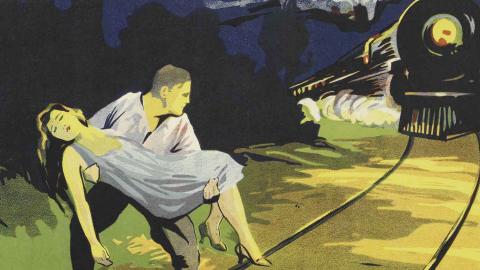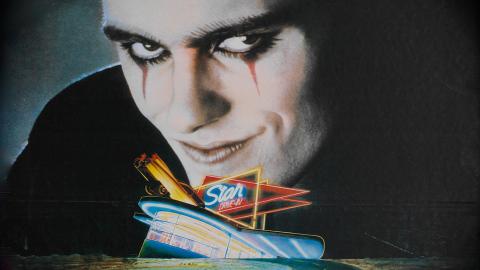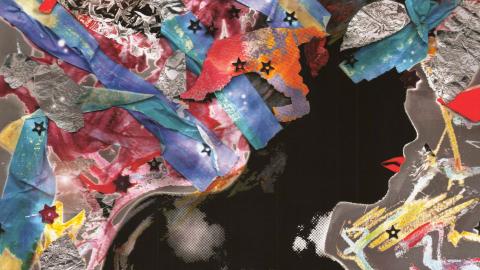
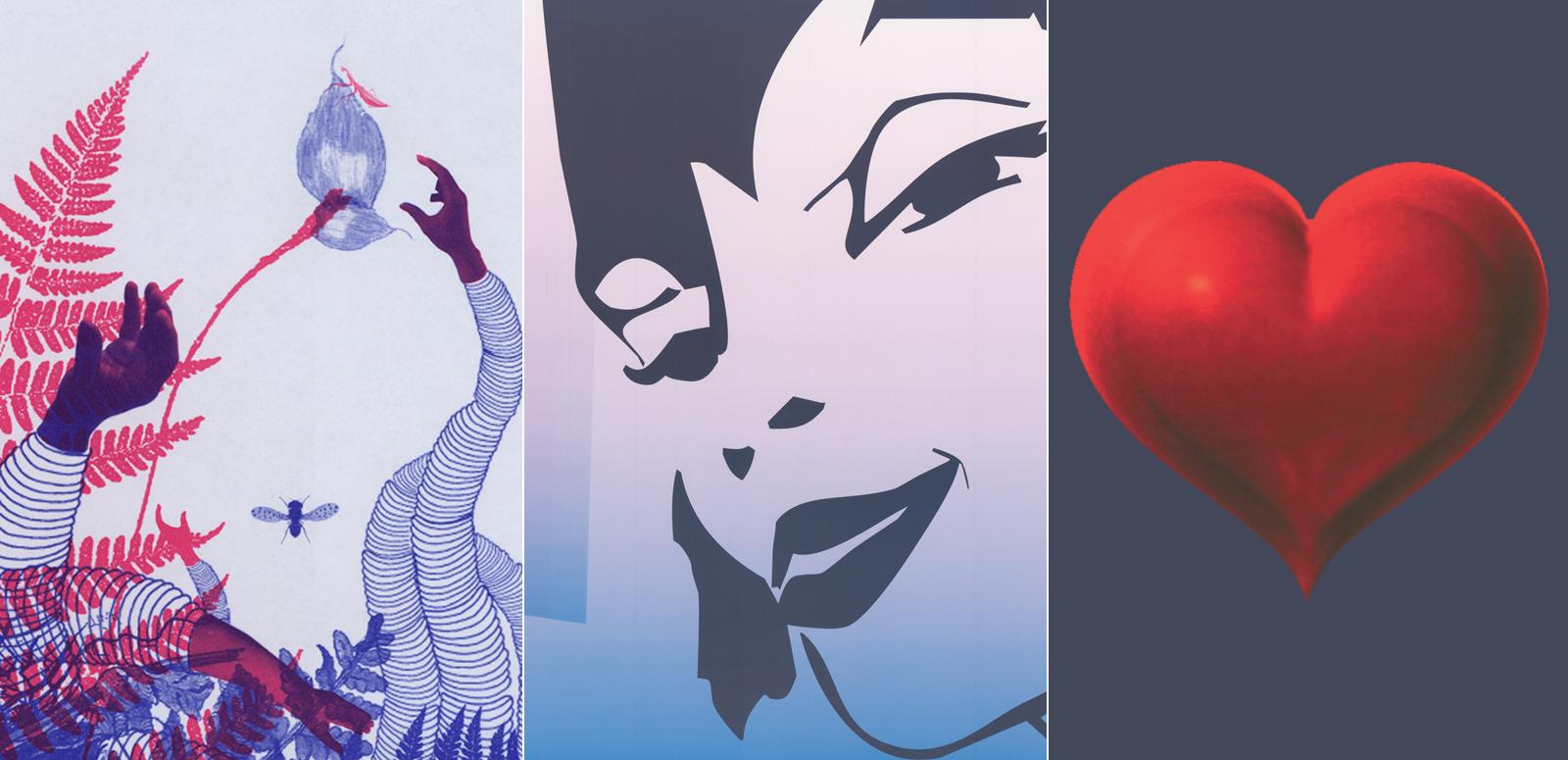
The art of festival posters
16 August 2011 – 19 February 2012
From the earliest Australian film festival, held at Olinda just outside Melbourne in 1952, to one of the most recent — the online Portable Film Festival; from the Tamworth Country Music Festival to WOMADelaide; festivals and festival posters have become an integral part of Australia’s cultural scene.
Designed to attract an audience and to project an identity, festival posters are an essential tool in the marketing and branding of festivals, with the additional challenge of representing a multifaceted festival experience.
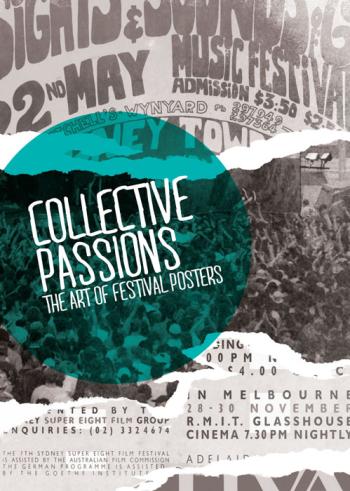
The best posters balance design flair and information, special interests and advertising, creators and audiences, budgets and deadlines to create an appealing image. Many of the most engaging festival poster graphics featured in this exhibition were inspired by imagery and techniques drawn from art or film. Techniques range from hand-printed posters to fully digital productions which, at their best, become collectibles or, at their worst, are formulaic and quickly forgotten.
While posters are one of the elements in branding a festival, their importance in recent years has waned in favour of newer forms of promotion such as web pages, and online and social network campaigns.
The National Film and Sound Archive’s poster collection captures the variety and vitality of film and music festivals in Australia’s capital cities and regional centres.
Film festivals

The Melbourne Film Festival, one of the world’s original film festivals and also Australia’s oldest (1953), was quickly followed by Sydney’s film festival in 1954. Over the following decades other capital cities tried, sometimes failed and at times succeeded in setting up their own film festivals, with the degree of success dependent on local enthusiasm and energies. In 2011 Screen Australia will support seven capital city film festivals as well as a number of specialist film festivals including Message Sticks, Tropfest, St Kilda Film Festival, Flickerfest, Experimenta, and Little Big Shots.
Festivals can feature particular film formats, such as Super 8 or video, or genres such as shorts, documentaries, or cater to particular audiences, such as the gay and lesbian community, filmmakers or children. Even though film festival posters are of secondary importance to the festival program, festival directors work with artists and designers to catch and imprint the freshness of that year’s festival on the public eye.
Music festivals
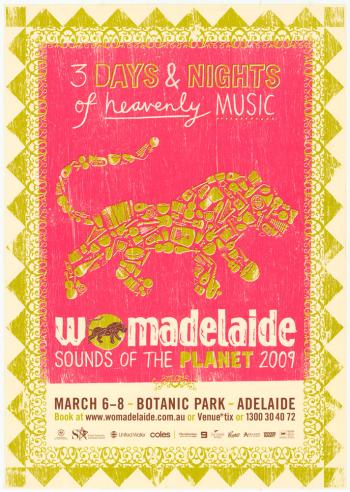
Music festivals of all genres have become major events on Australia’s cultural calendar and regularly attract audiences in their tens of thousands. Perhaps it is the live experience that wins the crowds.
Popular festivals such as Laneway and Big Day Out attract both national and international headline acts. A feature of some of these large festivals is their touring programs which visit capital cities around Australia. In contrast, regional events like the Merimbula (NSW) and York (WA) jazz festivals use location combined with music as a drawcard to promote tourism and local and community identity.
Many music festivals appeal to a musical ‘compilation’ feel by mixing genres such as blues, rock, indie and house music. As with film festivals, the best music festival posters are designed to attract audiences and draw on musical or instrumental imagery, video or CD cover art, or reference location, in order to create a festival identity.
Selection of posters from the exhibition
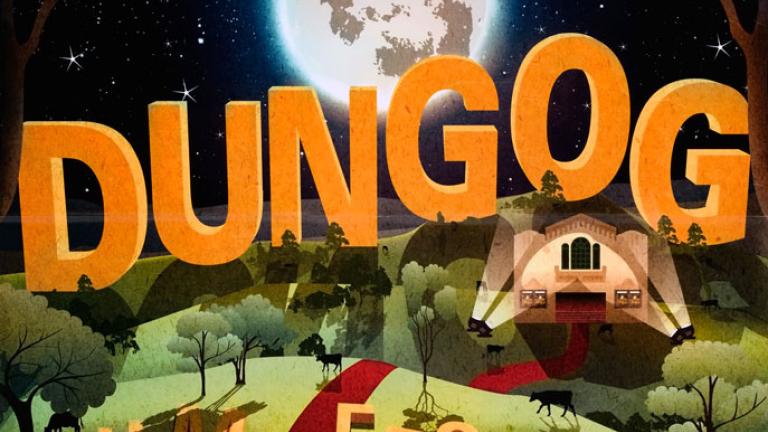
Jeremy Saunders, Dungog Film Festival 2010 (818027)
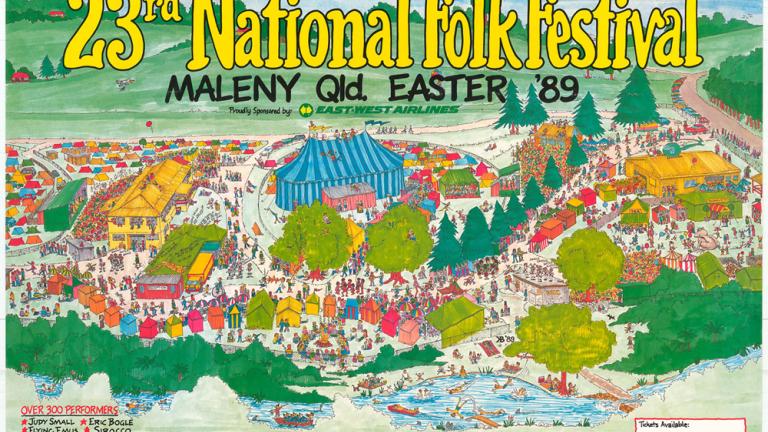
Kim Brown, National Folk Festival 1989 (462585)
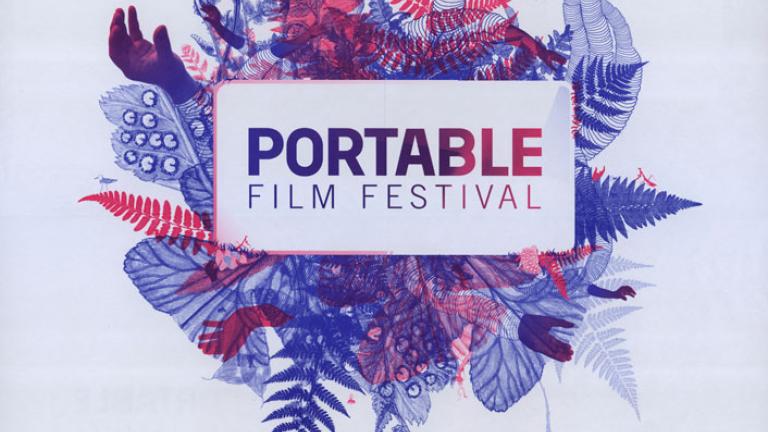
Alter Design Studio, Portable Film Festival 2008 (773762)
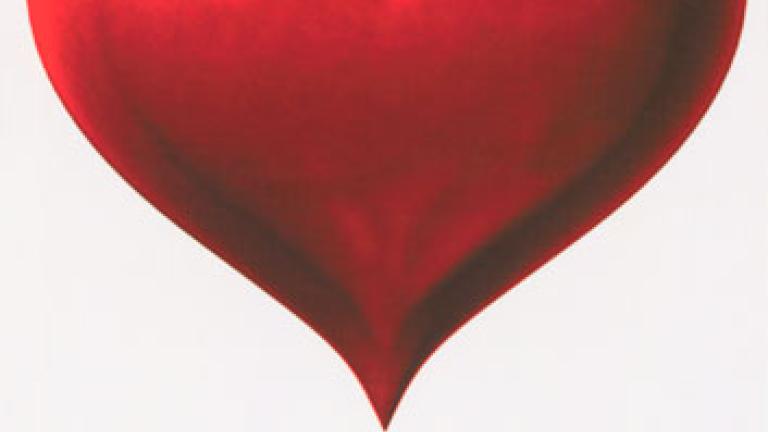
Blue Dahlia Films, Melbourne Queer Film Festival 2004 (600206)
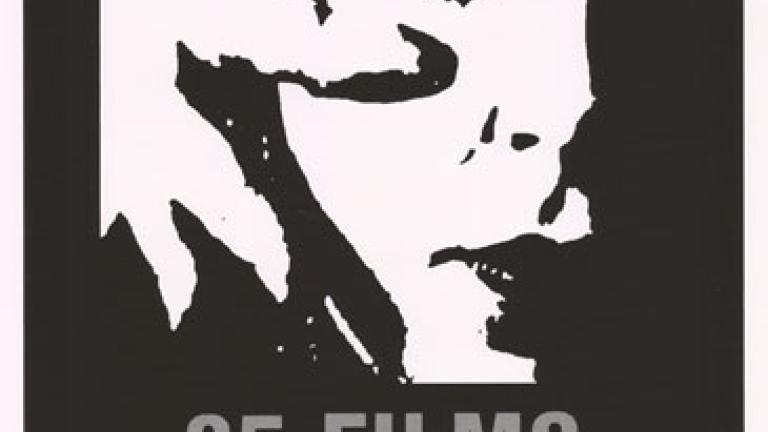
Liz Berger, Sydney Underground Film Festival 2007 (746777)
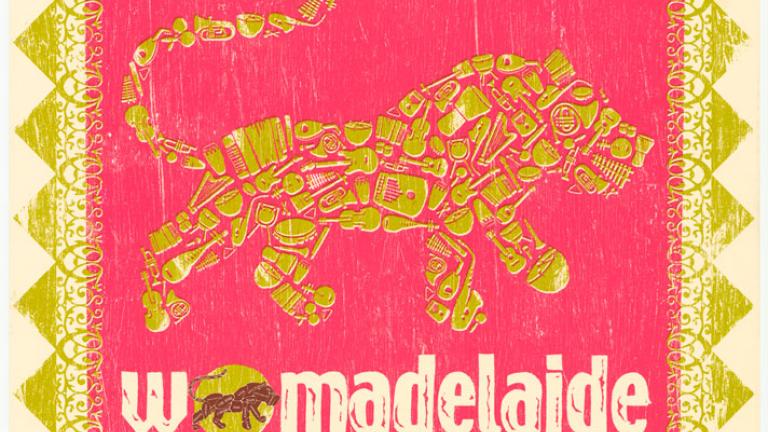
Jerry Pendleton, Orbit Design Group, WOMADelaide Sounds of the Planet (796065)2009
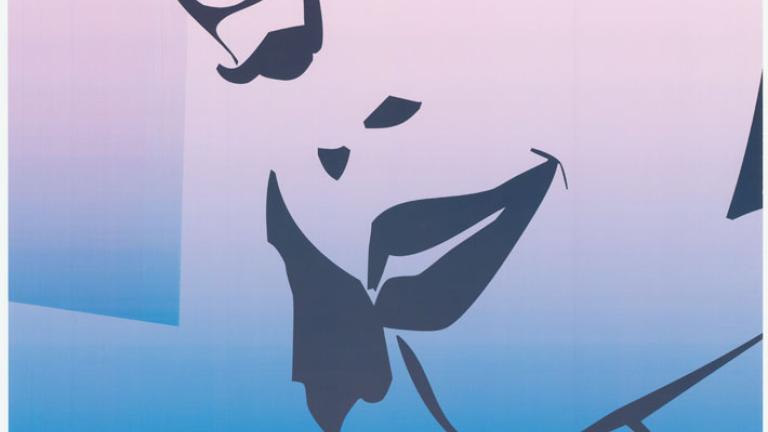
Caterina Vicaretti, World of Women (WOW) International Film Festival 2002 (576707)
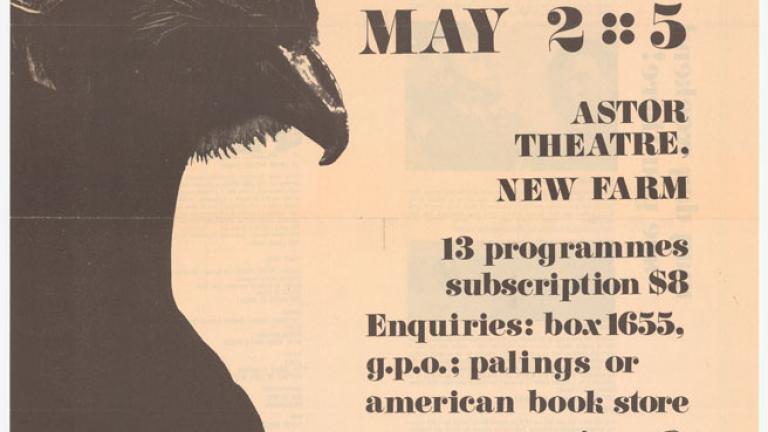
Fourth Brisbane Film Festival (515489)
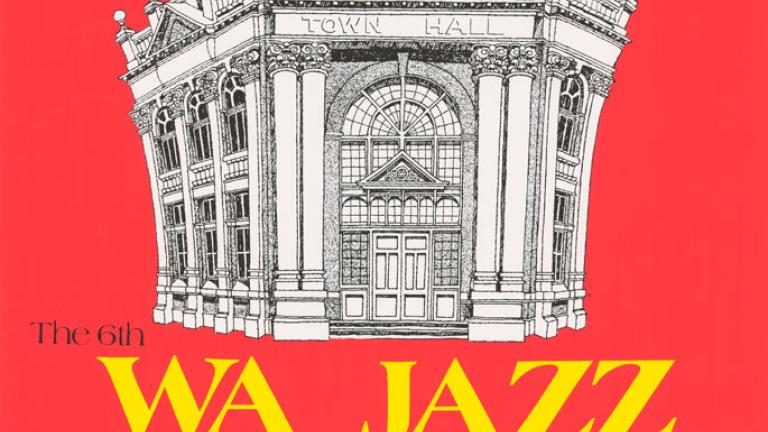
WA Jazz Festival 1988 (411779)
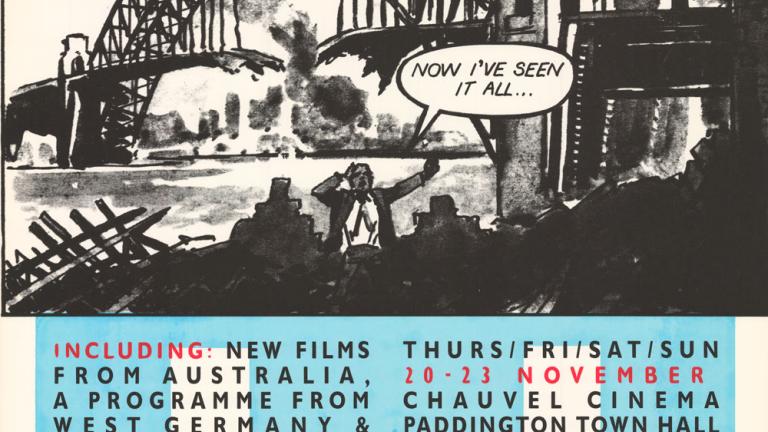
Seventh Sydney Super 8 Film Festival (458932)
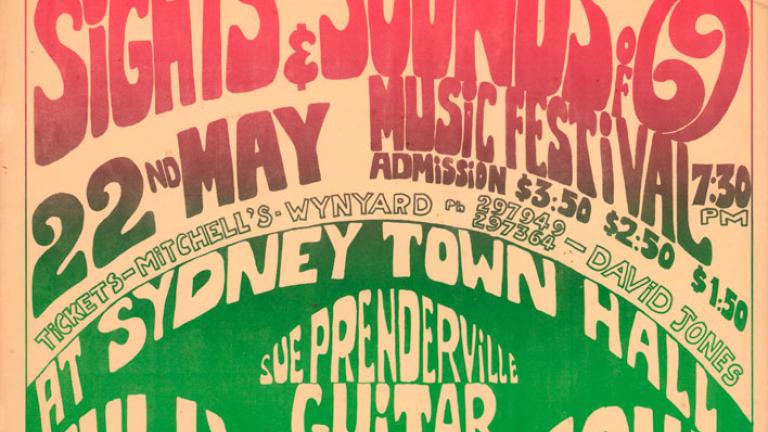
Sights and Sounds of '69 (359024)
The National Film and Sound Archive of Australia acknowledges Australia’s Aboriginal and Torres Strait Islander peoples as the Traditional Custodians of the land on which we work and live and gives respect to their Elders both past and present.
